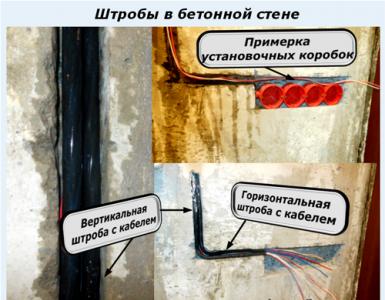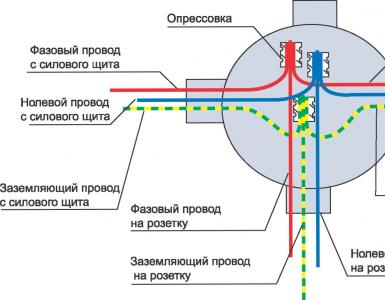Mold and fungus in the bathroom, in the house. Why are mold and fungus dangerous? How to get rid of black mold and mildew?
Is there mold in the bathroom? Find out from the article with what means you can get rid of it.
Mold and fungus on the walls and ceiling in the bathroom and the house is a common problem and far from being exclusively aesthetic. Microorganisms can harm the health of everyone who uses the bathroom or lives in the house. You need to get rid of fungus and mold immediately, as soon as they are noticed.
Why are mold and fungus dangerous?
A fungus in a bathroom or house is a colony of single-celled microorganisms. They reproduce by spores. These unicellular organisms were among the first living beings that appeared on planet Earth. They were able to adapt to numerous changes in climate and ecology. The waste products of fungi can be harmful to human health. This:
- essential oils
- minerals
- toxins
IMPORTANT: The fungus has a black, brown, dirty green or dirty yellow appearance that appears on the walls and ceiling in the bathroom, water pipes, joints between furniture or plumbing and walls, the furniture itself. In the house, he "lives" in damp and dark places. A specific smell can also indicate the presence of pathogens.
Spores, toxins and other harmful substances produced by mold spread throughout the home. They settle on the skin, mucous membranes, in the lungs and stomach, enter the bloodstream. As a result, a person may experience various health problems:
- intoxication
- predisposition to allergies
- predisposition to cancer
- decreased immunity
- allergic bronchitis, bronchial asthma, other irreversible diseases of the broncho-pulmonary system
- liver and gastrointestinal diseases
- headache
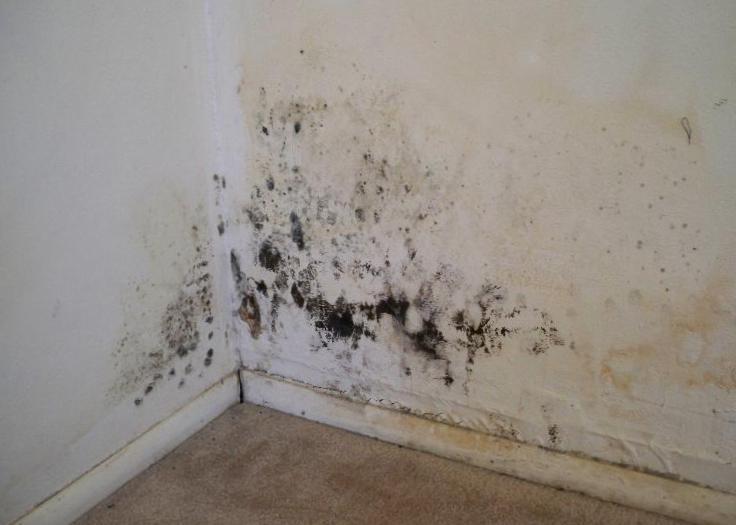

IMPORTANT: The fungus itself is also an allergen
In addition, mold and fungus eat deep into the surface and destroy it. This applies not only to wood and paintwork, but even to concrete and masonry.
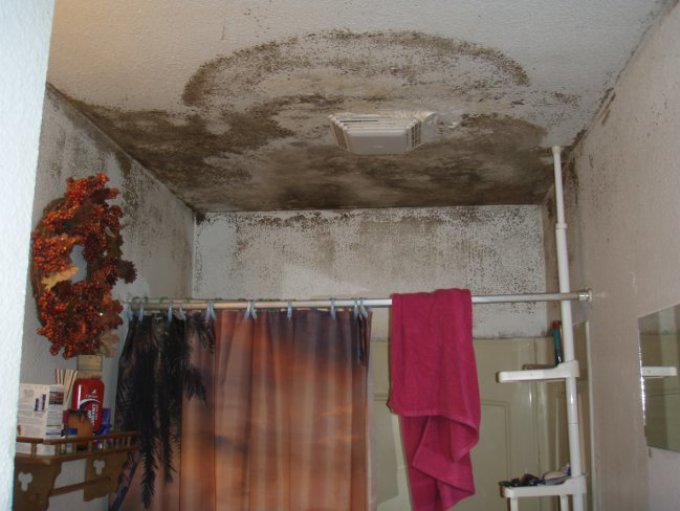

VIDEO: Reasons for the formation of fungus in the apartment and house
What can I do to prevent mold from forming?
Favorable factors for mold formation and bending are:
- high humidity
- poor ventilation
- lack of sunlight
Pathogens are more likely to inhabit a home or bathroom if:
- The premises are not ventilated. The doors to the bathroom, bathroom, pantries, other rooms in which there are no windows, it is dark and damp, it is necessary to keep open from time to time
After water procedures, splashes and drips of water remain in the bathroom. They must be thoroughly dried - Faulty plumbing. In the kitchen, in the bathroom, in the bathroom, leaky pipe joints, cracks and fistulas, moisture evaporating from them, settling on the surface, prepares fertile ground for the colonization of the fungus
- Poor quality materials are used. During repairs in the kitchen, bathroom, toilet, balcony, it is necessary to use materials that are suitable for use in humid conditions, have an antifungal property or are treated with an antifungal compound
- Unscrupulous neighbors live nearby. If it is damp in the adjacent room, moisture seeps through the risers, slab joints
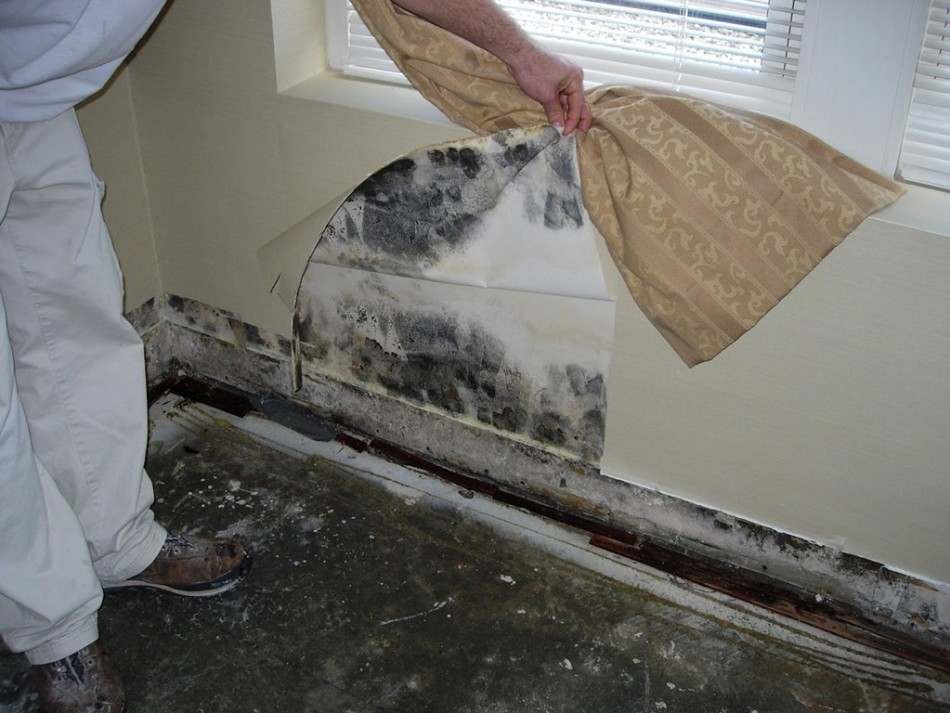
 Maintaining cleanliness and hygiene - prevention of mold in the bathroom and home.
Maintaining cleanliness and hygiene - prevention of mold in the bathroom and home. IMPORTANT: Materials susceptible to mold and mildew attack are bare concrete, brick, raw wood, plastic and foam
How to deal with mold and fungus on the walls and ceiling in the bathroom and in the house? Remedy for fungus and mold
The scale of the fight against the fungus depends on how badly the surfaces in the bathroom or other room of the house are affected by it, on which it started.
- If the fungus is found on the ceiling, it is likely to be present on other surfaces as well. The premises must be carefully inspected for its presence.
- If mold has settled on a whitewashed or plastered surface, it will need to be cleaned to bare concrete and treated with an antifungal agent
- The condition of painted surfaces, wallpaper, laminate, wood or polymer panels, and other modern materials must be assessed for the degree of damage. If the fungus is not deeply ingrained, the surface can be saved using an antifungal agent.
The elimination of mold and fungus occurs in stages and includes:
- determination of surface areas to be processed
- make sure that children and pets are not in the housing where the fight against the fungus takes place
- prepare work clothes, gloves, headgear, eye and respiratory protection
- remove textiles and other unnecessary things from the room
- prepare a remedy for eliminating fungus and mold
apply the product on the surface affected by the fungus, leave for the time indicated on the package - wash off the remedy
- dry the surface
- leave the bathroom or other room open for 24 hours
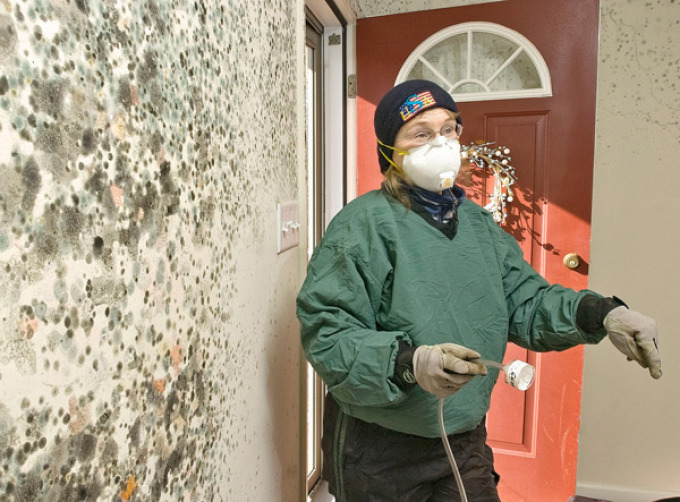

This remedy can be industrial or homemade.
To combat the fungus, store-bought products in the form of creams, gels or powders that contain chlorine or alkali are suitable. For example:
- plain white
- Domestos
- Antifungus
- IZocide
- Titan
- others
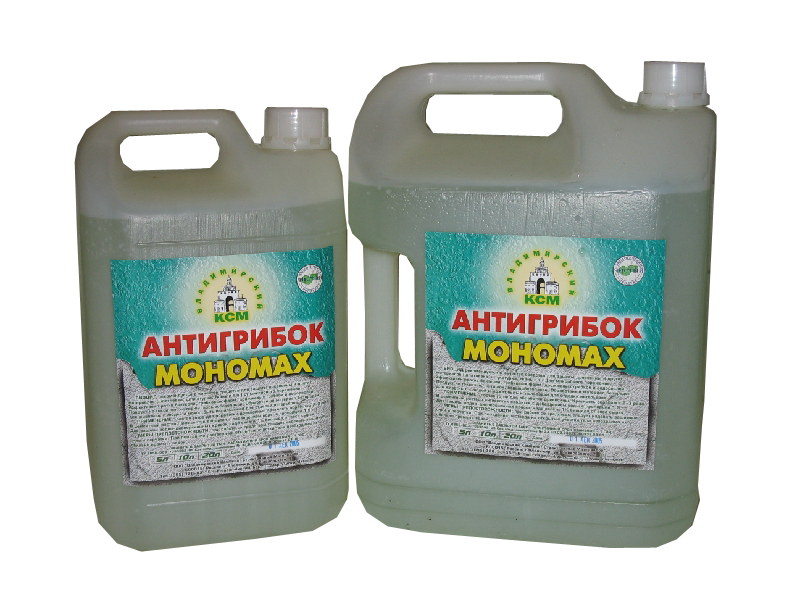

IMPORTANT: Before using any commercial or home remedy on a particular type of surface, test it on a small invisible area to see how aggressive it is.
How to remove mold and fungus with folk remedies?
Pronounced antifungal properties have:
- boric acid
- blue vitriol
- ammonia
- hydrogen peroxide
- baking soda
- vinegar
RECIPE #1: Hydrogen peroxide solution
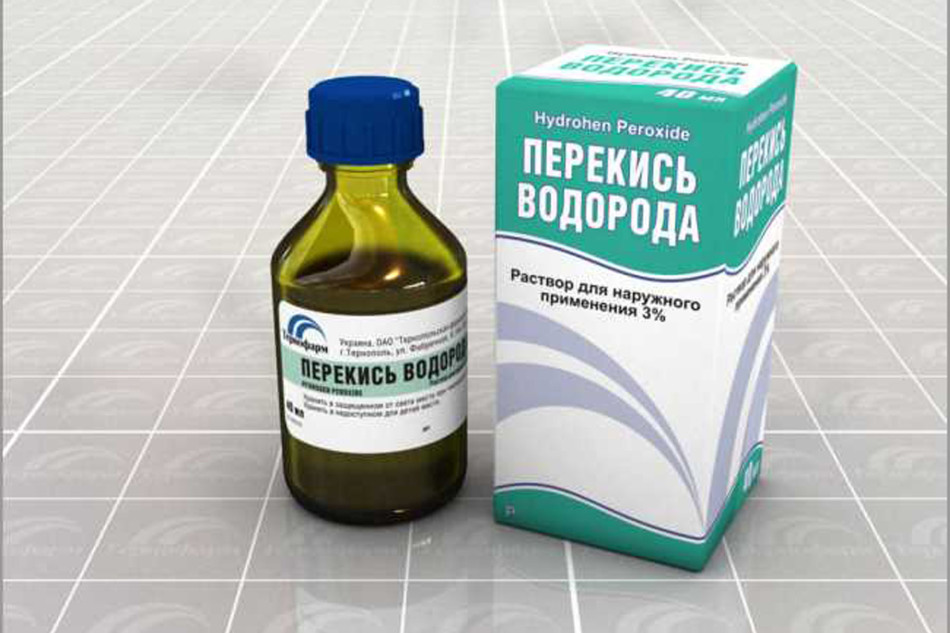
 How to remove mold and fungus folk remedies: hydrogen peroxide.
How to remove mold and fungus folk remedies: hydrogen peroxide. Perhydrol 35% is diluted in water in a ratio of 1:1. Using a sponge or spray gun, the solution is applied to the area to be treated. Wash off after 40 minutes. You may need to repeat the procedure.
RECIPE #2: ammonia solution


Like hydrogen peroxide, ammonia is diluted in half with water, after which I spray it onto the washed walls from a spray bottle. It is necessary to work with ammonia only in a respirator.
RECIPE #3: Vinegar


Ordinary table vinegar in undiluted form is applied to the surface affected by the fungus.
RECIPE #4: blue vitriol
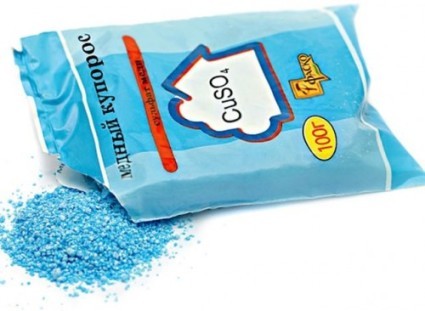

100 g of copper sulfate powder is dissolved in 10 liters of water. The surface is thoroughly washed, treated with soda. After that, a solution of copper sulfate is applied. Let the walls dry naturally. This takes several days.
IMPORTANT: Copper sulfate is very toxic, you need to work with it only with gloves and a respirator
RECIPE #5: Baking soda
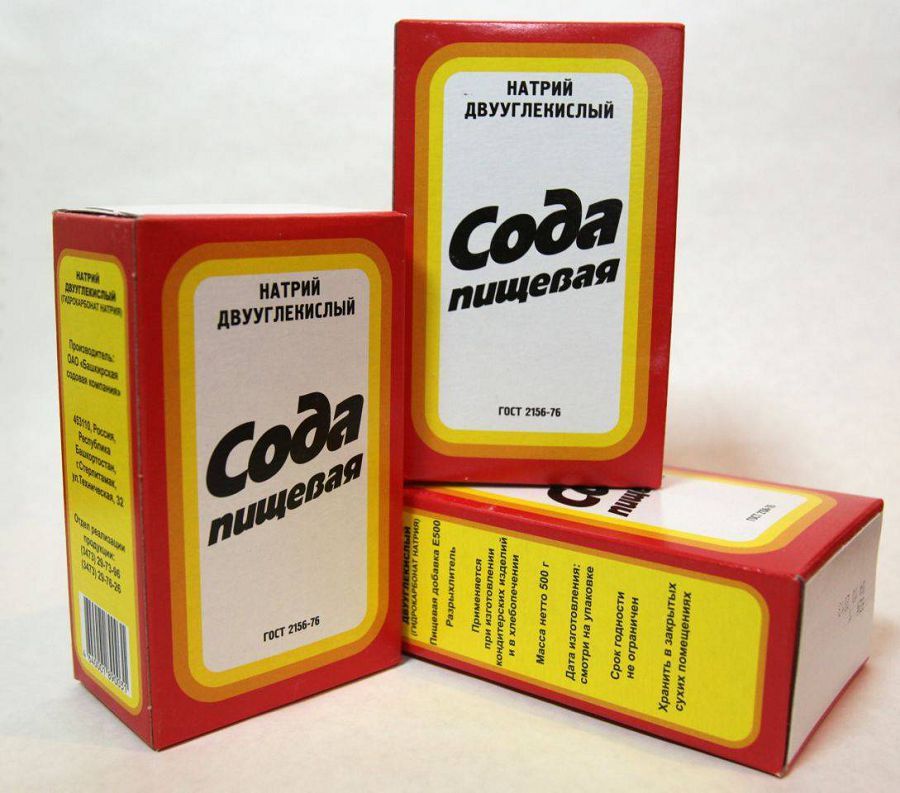

1 teaspoon of soda is dissolved in a glass of water. The solution is applied to the treated area.
VIDEO: How to remove the fungus in the apartment?


